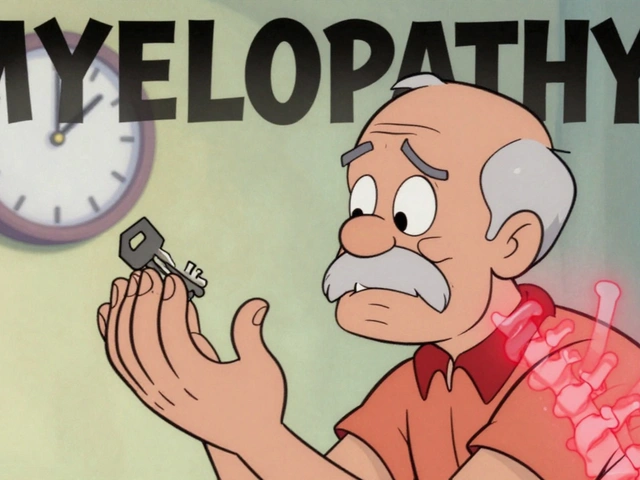Depression treatment: practical options that actually help
Feeling low for weeks or months? Depression treatment isn’t one-size-fits-all. You can mix medications, therapy, lifestyle changes, and newer procedures to find the right fit. The aim: reduce symptoms, restore daily function, and keep you safe. Below are clear, useful options and simple next steps you can act on today.
Common medical treatments
Antidepressants are a common first step. SSRIs (like sertraline or fluoxetine) and SNRIs (like venlafaxine) are usually tried first because they work for many people and have predictable side effects. If those don’t help, doctors may try other classes (tricyclics, MAOIs) or combine medicines. For treatment-resistant depression, options include transcranial magnetic stimulation (TMS), electroconvulsive therapy (ECT), or ketamine/esketamine under medical supervision. Expect 4–8 weeks to judge a drug’s effect; don’t stop suddenly without medical advice.
Psychotherapy works well, too. Cognitive Behavioral Therapy (CBT) and interpersonal therapy have strong evidence. CBT teaches practical skills to change thinking and behavior. Many people do best with both medication and therapy, especially for moderate to severe depression.
Practical steps you can try now
Small daily actions add up. Aim for a regular sleep schedule, 20–30 minutes of brisk walking most days, and a simple routine that includes one small goal each day (make coffee, step outside, call a friend). Cut back on alcohol and recreational drugs — they often worsen mood and interfere with meds. Mind-body practices like yoga and meditation can reduce symptoms when used alongside medical care; research and real patients report clearer thinking and less anxiety after consistent practice.
Be careful with supplements and herbs. St. John’s wort, valerian, and kava can interact with prescription antidepressants or change how drugs are processed. If you’re taking imipramine, SSRIs, or other meds, check interactions with your pharmacist or clinician before trying herbal remedies.
How to start treatment: talk to your primary care doctor or a mental health professional. Ask about side effects, how long to wait for improvement, and what to do if things don’t improve. If you prefer talk therapy first, look for CBT-trained therapists or ask about sliding-scale clinics or teletherapy options.
If you have thoughts of harming yourself or feel you might act on them, get help immediately. Call local emergency services or a crisis hotline. In the U.S., dialing 988 connects you to the Suicide & Crisis Lifeline. If you’re elsewhere, contact your local emergency number or a trusted clinician right away.
Finding the right treatment often takes time and small adjustments. Track your mood, side effects, and sleep for your appointments — that makes decisions faster and clearer. If you want reliable guides or medication info, visit NowRx.com for summaries and links to deeper articles on specific drugs and therapies.




